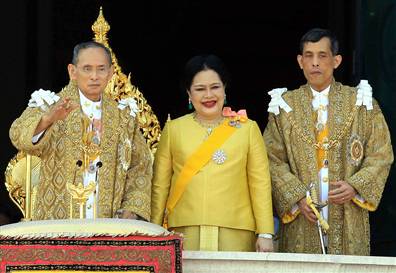History of Muay Thai
Pre-Sukhothai Era c. 200 BC-1238
Early Muay introduced into Thailand as a combat skill possibly with Buddhist monks from India, many of them being ex-soldiers.
Sukhothai Era 1238-1377
Muay Thai is used as a combat skill on the battlefield, in defense of the community and as martial training in peace time. Fighters are bare fisted.
Ayutthaya Era 1350-1767
Honed as a fierce fighting skill in successive wars with Burma, Muay Thai also becomes a means of personal advancement and training for royality and Thai elite. It is the first time Muay Thai is used as a sport and the muay kaad chuek (มวยคาดเชือก hand rope binding) is introduced. Once a Thai warriors hands and forearms are bound and encased in the rope they immerse their fists in water making the rope harden to feel like getting punched with rocks. Another method was to coat the ropes with a sticky substance then roll them in granulated broken glass. Ouch! Talk about some nasty cuts!
Thonburi Era 1767-1782 and Rattanakosin Era 1782-1868
There were not many great changes to evolve Muay Thai it functioned as a military skill and means of sport for Royalty only however many of the heroes of Muay Thai lived in these periods.
Mid-Rattanakosin Era 1868-1925 and 1925 to Present
This is the period of history where the popularity of Muay Thai took off and saw the first permanent arena for Muay Thai built. After 1925 Muay Thai exploded as a professional and amatuer sport. Gloves, standards and regulations were introduced, Lumpini or Rajadmanern Stadium were built and the traditional form of Muay Thai, called Muay Boran was preserved as popularity began to spread overseas.
